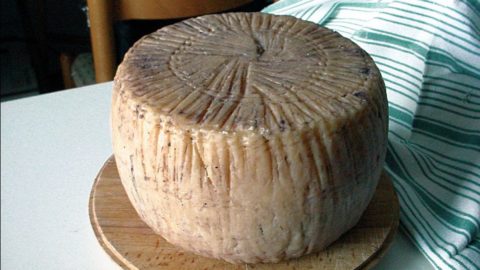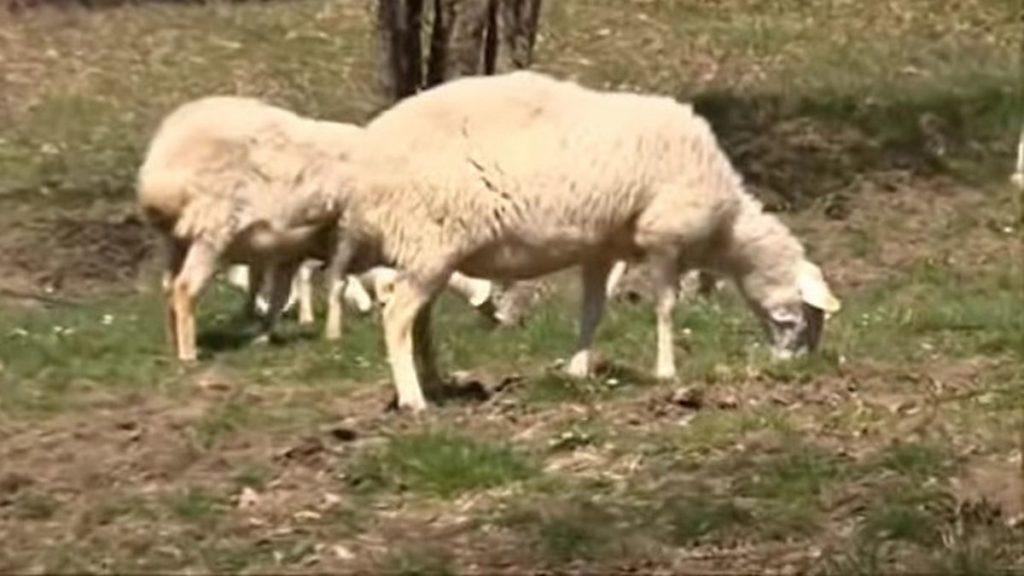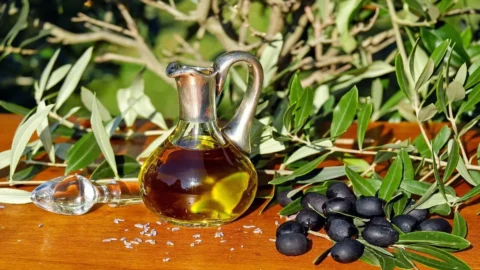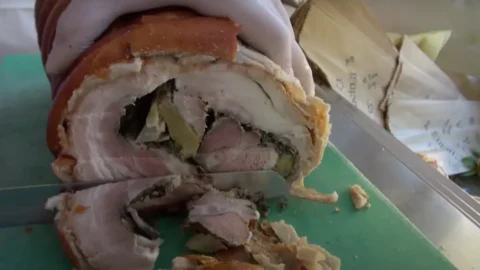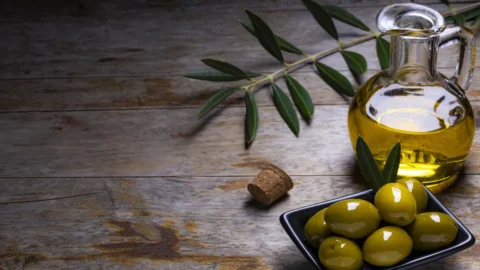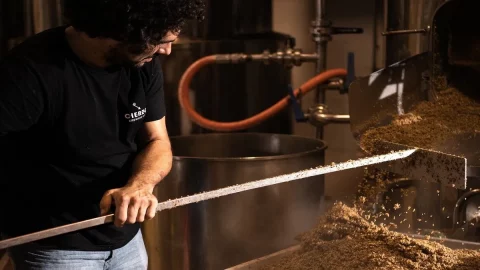The uniqueness of the cheese lies in the characteristics of its territory, of which Virgil also wrote in the Aeneid: thanks to the sulfur springs of this area in Irpinia
A unique cheese that was born in the heart of Irpinia, in the province of Avellino, in a territory also described by Virgil in the seventh book of the Aeneid. A valley, wrote the Mantuan poet, characterized by "dark woods", by "a river that rumbles and falls through large stones" and "that makes a horrible cavern and abyss where Acheron breathes".
That place is the Ansanto valley and it is in this corner of Campania, and more precisely in Località Carmasciano (in the Municipalities of Sant'Angelo de' Lombardi, Rocca San Felice, Guardia de' Lombardi, Frigento and Villamaina) that since time immemorial the pecorino di Carmasciano is produced, which has now become part of the Slow Food Presidia.
The milk from the sheep grazed in the area, in the area of the ancient “Mefite della Valle d'Ansanto”, is heated to about 37-40 degrees and coagulated with handcrafted lamb or kid rennet. About 30 minutes after the addition of the rennet, the curd is broken up, the whey is removed for the production of ricotta and at the same time the solid part thus formed is worked by hand until a compact paste is obtained which is placed in the fuscella, the small basket of wicker where it is left to rest for about 48 hours.
The forms are then blanched in hot whey, rubbed with salt and, after 10 days, brushed with olive oil, white wine and vinegar. Finally, a pecorino with a unique flavor is obtained which can be more or less seasoned, eaten in slices or grated.
Pecorino di Carmasciano is special for two reasons, explains Angelo Lo Conte, trustee of the Slow Food Irpinia Colline dell'Ufita and Taurasi Convivium: «The first is the characteristic sulfur fumes which, entering the circle of growth of wild herbs and therefore of fodder which the sheep feed on, are also found in the milk and whose scents are therefore also found in the cheese».
The second reason concerns the animals: «The sheep are of two different breeds, called laticauda and bagnolese, both typical of Irpinia» continues Lo Conte. The first, which owes its name to its characteristic large tail, is in turn a Slow Food Presidium; the second, however, is included in the Slow Food Ark of Taste, the project with which the Slow Food Foundation for Biodiversity notifies the plant species and animal breeds that are at risk of extinction.
By virtue of these characteristics, the pecorino di Carmasciano retains a strong link with a territory that is struggling to recover from the 1980 earthquake. «It is the only area of Irpinia that has not suffered an upheaval, despite the serious losses caused by the earthquake explains Lo Conte – It escaped construction and was not the subject of those promises of industrial development which were often not kept.
This territory has remained an agricultural area sheltered even from the sirens that have bewitched farmers from other areas, where industrial crops of beetroot and tobacco have been started, causing the loss of biodiversity and tradition and causing serious environmental pollution damages».
Today there are only six companies that produce the Carmasciano pecorino of the Slow Food Presidium: «However, there are at least another thirty families that produce as they did at the beginning of the 900th century, that is, for family consumption, with flocks of just twenty or thirty sheep , transforming the milk and selling it outside the conventional channels», continues Lo Conte. The goal, he adds, is to be able to "involve them too in the Slow Food Presidium and encourage them to equip themselves with premises authorized for processing and sales, entering into modern commercial dynamics that also help to combat the trade of fake Carmasciano - a phenomenon unfortunately widespread -, guarantee the identity and traceability of the product and have sufficient production to satisfy the request».
"The territory suffers, because we find ourselves in areas of the Apennines that risk depopulation and flight towards richer areas - adds Donato Merola, trustee of the Slow Food Alta Irpinia Convivium - In any case, we aim to relaunch and quality, in this sense, can lend a hand».
In short, we need to give a jolt, try to trigger a virtuous circle that will revive the area's economy. Pecorino can help, even if its processing only lasts during the grazing period, i.e. between December and July: «This area of Irpinia is not an environment where industry fits in well – says Annamaria Rosamilia, representative of the producers – The only way out, perhaps, is to do something that gives value to the territory». Starting with pecorino, but without stopping there.

